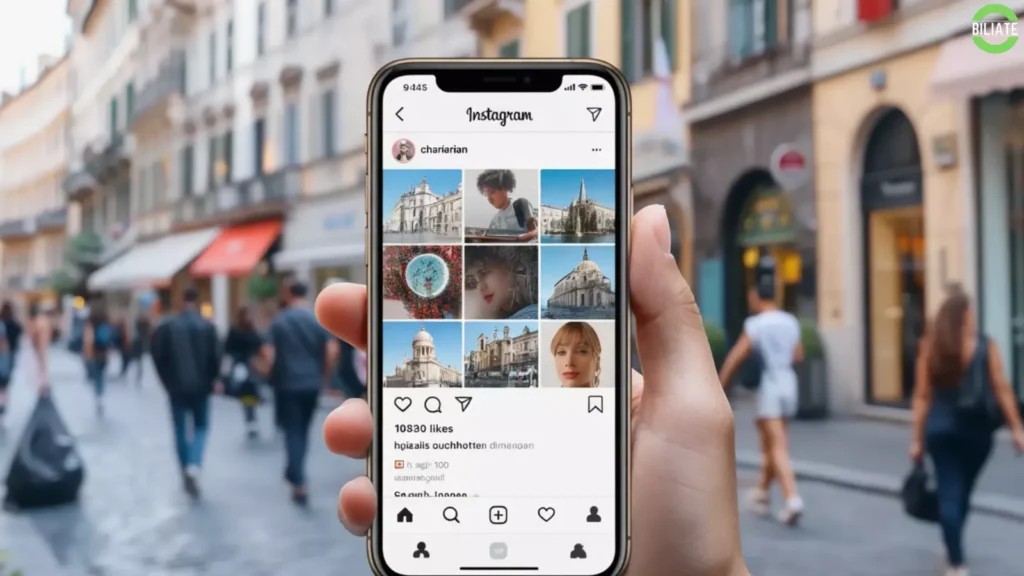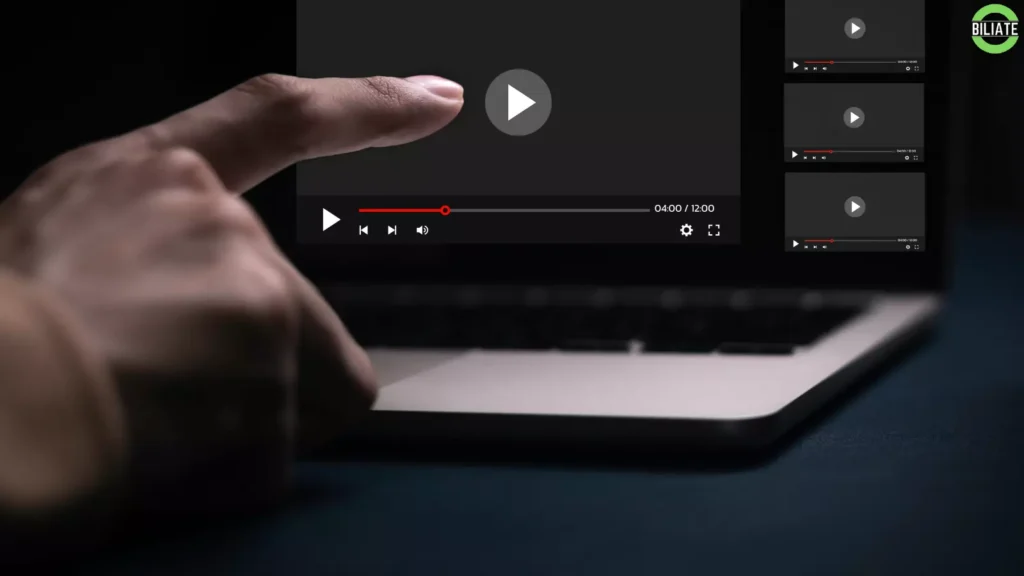As a content creator, you want to ensure that you’re maximizing every revenue stream Instagram offers—especially Instagram’s in-stream ads.
But tracking ad revenue and understanding analytics on Instagram can sometimes feel like piecing together a puzzle.
So how can you track this data effectively, analyze it, and use it to grow your earnings?
You need to know about tracking Instagram’s in-stream ad revenue analytics and optimizing your content for growth.
With the latest data insights and practical strategies, you’ll be equipped to make informed decisions and unlock new revenue potential!
Key Takeaways: Tracking, Analyzing, and Growing Your Revenue
By keeping a close eye on your in-stream ad analytics, you can make data-informed decisions to grow your Instagram ad revenue. Remember to:
- Use tools like Instagram Insights and Creator Studio for comprehensive data tracking.
- Focus on key metrics such as CPM, watch time, and engagement rates.
- Experiment with content formats and optimize based on your findings.
- Regularly review performance, adjust strategies, and measure against benchmarks.

1. Understanding Instagram’s In-Stream Ads: How They Work
To get started, it’s important to understand exactly what Instagram in-stream ads are and how they work. Unlike typical photo or video posts, in-stream ads are video advertisements shown to viewers while they’re watching IGTV content.
- Ad Format: These ads are short video commercials that play in the middle of IGTV videos. Similar to YouTube, the ad revenue is based on view count and engagement with the ad.
- Revenue Share: Instagram provides a revenue-sharing model where creators earn a percentage of the revenue generated from ads shown on their content. Currently, Instagram offers creators 55% of ad revenue—keeping 45% for itself.
Knowing how these ads operate can help you tailor your content to fit well with ad placement, increasing your earning potential. But let’s look at the core of the strategy: analytics and tracking!
2. Tools to Track In-Stream Ad Revenue
Instagram’s native insights offer basic analytics, but to track in-stream ad revenue specifically, you’ll need to delve deeper. Here’s a breakdown of essential tools:
- Instagram Insights: Provides you with an overview of how your posts, Stories, and IGTV videos perform. While it doesn’t show exact ad revenue data, it’s a good starting point to gauge overall engagement.
- Creator Studio: For in-depth analytics, use Facebook’s Creator Studio. Under the “Monetization” tab, you’ll find more detailed information on revenue for in-stream ads, CPM (Cost Per Thousand Impressions), and watch time.
- Third-Party Analytics Tools: Tools like Sprout Social and Hootsuite offer additional data points to help you understand audience demographics, watch times, and engagement. While they won’t directly display in-stream ad revenue, they give insight into how your videos are performing, which correlates with ad revenue potential.
3. Key Metrics to Focus On
Tracking ad revenue isn’t just about watching the dollar signs—it’s about understanding the data behind your content performance. Here are the key metrics you’ll want to monitor:
- CPM (Cost Per Thousand Impressions): CPM is one of the most important metrics for in-stream ads. It tells you how much you’re earning per thousand views. The higher the CPM, the more revenue potential per view.
- Watch Time: Longer watch times lead to higher ad impressions. Make sure your content is engaging enough to keep viewers watching through the ad break.
- Engagement Rate: Likes, comments, shares, and saves contribute to the overall engagement rate. Higher engagement typically means better placement in the algorithm, which could translate to more ad revenue.
- Audience Demographics: Knowing your audience’s age, gender, and location helps you understand which demographics are more likely to watch your videos and engage with the content, leading to more ad revenue.

4. Optimizing Content to Boost In-Stream Ad Revenue
Now that you know what to track, let’s talk about how to optimize your content for better ad revenue. These strategies are proven to increase watch time, engagement, and ultimately, your earnings from in-stream ads.
A. Create Engaging Thumbnails
- Thumbnails are the first thing viewers see when browsing IGTV videos, so they need to be attention-grabbing. Use bold colors, clear images, and text overlays to convey the video’s value.
B. Hook Your Audience Early
- Start your video with a strong hook in the first 5-10 seconds. Viewers decide quickly whether to keep watching, so engage them immediately by introducing the topic or showcasing an exciting moment from later in the video.
C. Encourage Viewer Interaction
- Ask questions, prompt viewers to comment, or encourage them to share the video. This not only increases engagement but also gives a signal to Instagram’s algorithm to promote your content to more users.
D. Plan Content Around Trends and Hot Topics
- Leverage trending topics or current events that relate to your niche. Videos aligned with what’s currently popular are more likely to attract views, which could mean more ad revenue.
E. Experiment with Video Length
- While longer videos can mean more ad placements, you’ll want to test what works best for your audience. Instagram recommends 3-5 minute videos for maximum engagement. Track the performance of various lengths to see which leads to higher watch time and revenue.
5. Analyzing Performance with Data
To optimize effectively, you need to regularly analyze your data. Here’s a simple analysis framework you can follow:
- Review Weekly and Monthly Trends: Track CPM, watch time, and engagement rates every week and month. Note any spikes or dips and try to correlate these with specific content strategies.
- Compare Top-Performing Videos: Identify which videos are generating the most ad revenue. Are they longer videos? Do they cover a specific topic? Use these insights to guide future content.
- Audience Feedback: Pay attention to comments and messages to gauge what your audience loves. Videos with high interaction are more likely to lead to increased ad revenue.
Example Analysis:
Suppose you find that videos on fitness tips have higher watch times and engagement than general lifestyle videos. This insight suggests you should focus on fitness content for in-stream ads, as it’s more likely to keep viewers engaged.
6. Strategies to Increase In-Stream Ad Revenue
By tracking the right metrics and optimizing based on your data, you can grow your Instagram ad revenue over time. Here are some growth strategies to consider:
A. Collaborate with Other Creators
- Partnering with other creators can bring new viewers to your IGTV videos. When collaborating, choose creators with similar audience demographics but different content styles to keep things fresh.
B. Run Ad Campaigns on Top Videos
- You can run paid promotions on Instagram for your top-performing IGTV videos to attract more views. This increases both exposure and potential ad revenue.
C. Optimize Posting Times
- Use Instagram Insights to determine when your audience is most active. Posting during peak hours ensures your videos reach the maximum number of viewers.
D. Create a Content Series
- Consider creating a weekly series on a specific topic to encourage repeat viewers. For instance, a “Monday Motivation” series on IGTV can keep viewers coming back regularly, increasing ad impressions.

7. Measuring Success and Making Adjustments
To maximize in-stream ad revenue, it’s crucial to continuously measure success and make adjustments. Here’s how you can maintain an effective optimization cycle:
- Set Benchmarks: Track your starting points—CPM, watch time, engagement rate, etc.—and set achievable goals for the next three months.
- Experiment with Content: Test different video styles, lengths, and topics. Run A/B tests to determine what yields the best results.
- Adjust Based on Feedback: Use data-driven insights and audience feedback to fine-tune your content strategy. Drop or revise underperforming formats and double down on successful ones.
- Monitor Competitors: Keep an eye on similar creators and see what they’re doing to succeed with in-stream ads. Learn from their successes and adapt ideas that fit your style.
Conclusion
Tracking and optimizing Instagram ad revenue doesn’t have to be overwhelming.
By focusing on key metrics, using the right tools, and continuously analyzing your content’s performance, you can unlock new revenue potential.
Remember to experiment with your video content, tailor it to engage your audience, and make data-driven adjustments.
With consistent effort and a solid understanding of your analytics, you can turn Instagram’s in-stream ads into a reliable income stream, helping you grow both your audience and earnings on the platform.
Start tracking today, and watch your revenue grow!
